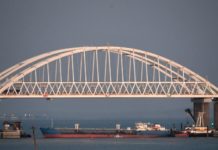Japanese capital holds first North Korean missile attack drill
People in Japan had a scare last week when the public broadcaster mistakenly issued a missile launch alert. But Tokyo officials are not taking any chances—they held a drill, in case an attack does happen.










